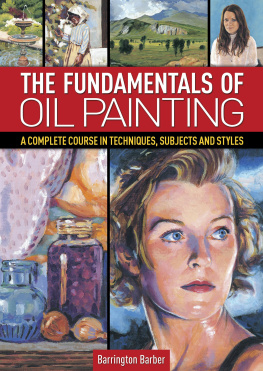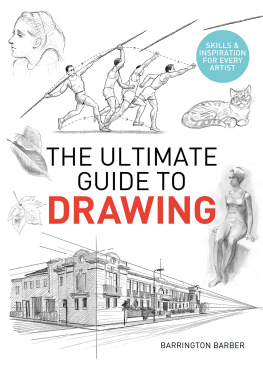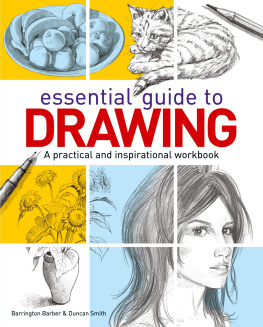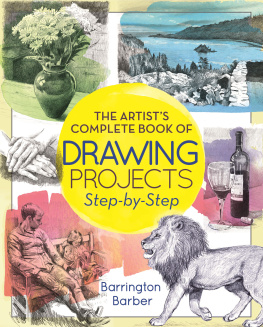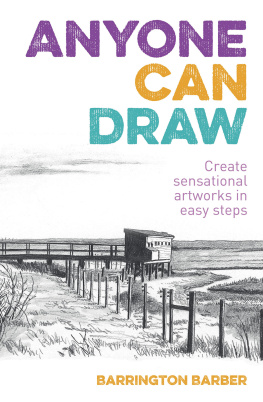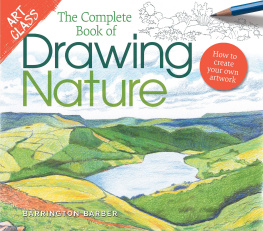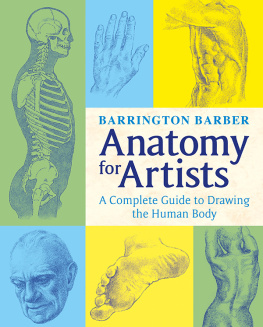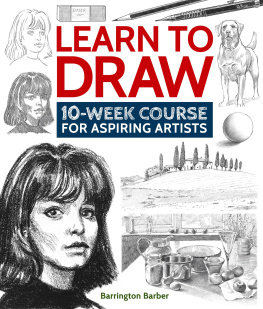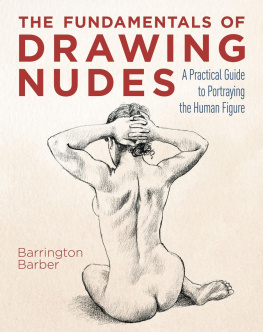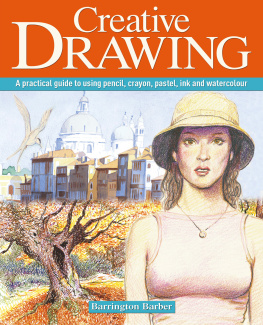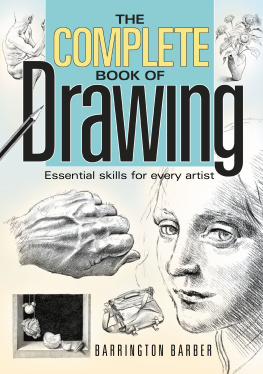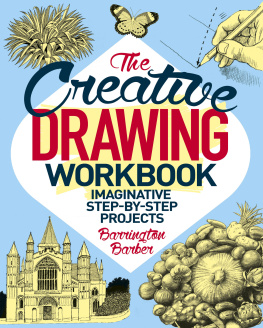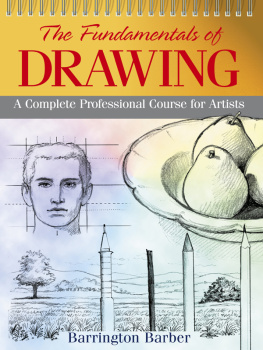

INTRODUCTION
The object of this book is to help would-be artists to make a start on the enjoyable activity of oil painting. While this is probably the method of painting most used by professional artists today, it shouldnt appear too daunting to those who would like to try it out; of all the painting mediums, oil paints are the most flexible to use and they are capable of both strong effects and subtle qualities. What is shown in this book is a way into handling the techniques for using them, which I have aimed to make as simple as possible. Of course as you progress you will find that there are many approaches you can try until you find the way that suits you best.
The book starts with an exploration of the materials that you will need, and again I have tried to keep it relatively simple. There are many types of paints and tools at your disposal, and when you go into an art shop you will find a bewildering amount of things to use. Although all of these may come to your notice at some time, I have restricted the ones included here to those which I have found most useful and universal. As you become more skilful you may want to branch out into a larger variety of equipment, and that will be the right time to experiment.

The methods artists use also vary enormously, but the main thing is to get started in the easiest way possible and that will then lead on to more extensive practices; after learning the basics, you should experiment as much as you can. Even if your first steps appear to be ineffective, by continuing to try them out you will improve. With practice, you really will become a better artist.
We shall also be thinking about the options that you have when faced with a blank canvas. What will you paint? How will you compose your picture? What style and method will you use? All these decisions are crucial to making a successful oil painting, and we shall look carefully at each step of the process, taking the fields of still life, landscape, portraits and figures one by one before finishing with an overall look at the styles and compositions used by notable artists of the past and present.
Barrington Barber
CHAPTER 1
MATERIALS AND COLOURS
In this section well look at everything you will require to make a start in oil painting, including brushes, supports, easels and of course colours and an understanding of their relationships with each other.
The multifarious things that may be found in an artists studio are so extensive in range that you could spend enormous amounts of money acquiring them all, only to discover that you use just a few of them. Here I have described items that you will need at once, and only when you know a bit more about what you are doing should you extend your range of materials.
You can paint with very little, so long as you have pigments, brushes and a surface on which to paint. Even an easel is not entirely necessary, although if you take up oil painting seriously you will probably want one. The most important things are worth spending some money on, because the better materials last longer and feel better to use than the very cheapest. However, if you do buy the cheapest you will find you can still paint quite well although you may have to replace them more often, making them not as economical as they seemed at first.
A little knowledge of colour values and how they work in painting is not difficult to master, and your handling of colour will become more subtle as you progress. Eventually mixing colours becomes almost automatic and you will surprise yourself with how effective your use of them has become.

BRUSHES
While oil paintings can be done entirely with bristle brushes, its useful to have softer brushes too for detail or for subtle areas where you want to reduce brushmarks. Youll need quite a few brushes if you really get into painting, but you can build them up over time.
Buying cheaper brushes can be a false economy as the better types tend to last much longer, so its best to get good-quality ones from the outset if possible and look after them carefully (see box). Here is my basic list of brushes, which will be more than enough to get you started.
Bristle Brushes
These are usually made from hogs hair, though synthetic ones, which are normally softer, are also available. They come in a range of styles, each with its own purpose.
Flats
Flat brushes have a flattened set of bristles, rather like a refined version of a decorators brush. They are the brushes youll use most of the time, as they hold the paint well and you can apply it to your support with both the wide surface and the edge to get varying brush marks. The following sizes are a useful range: 20 (probably the largest you will need unless you wish to paint murals), 12, 10, 8, 4, 2 and 1.

Cleaning Brushes
To clean brushes, first wipe off excess paint with a kitchen towel or rag, squeezing them from the ferrule downwards but taking care not to pull on the bristles. Rinse them in white spirit first to get the paint out of the hairs you can push hogs hair brushes about in the spirit, but you need to be much gentler with sables or they will lose their point. Wash them in soap and cold water to clean out the white spirit and any remaining paint then, once youre sure they are clean, give them a final rinse in water. Reshape the brushes gently with your fingers and leave to dry. Never stand them up resting on their bristles as this will destroy the shape.

Filberts
These brushes are similar to flats but have a rounded end so that you can make softer marks with them. Of these, three will probably be enough to start with, in sizes 12, 10 and 4.

Rounds
As you might expect from the name, these brushes are rounded down the whole length of the bristles. They can be very useful because they are capable of holding more paint, allowing you to pile it on more easily. They are also good for scumbling, as the bristles spread out in all directions. You will need sizes 4, 2 and 1.
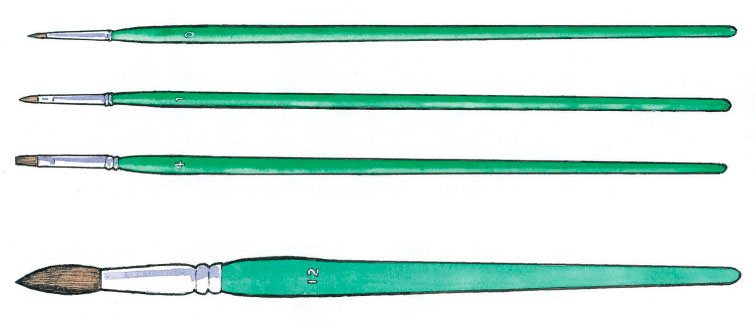
Soft Brushes
The best soft brushes are made from sable hair, but if your budget is tight the cheaper brushes made from squirrel, ox or synthetic hair are very acceptable. I recommend you have one large brush, size 12, and three in sizes 4, 1, and 0; these smaller brushes are ideal for the very fine marks that you might wish to make before you finish your painting.
Next page
